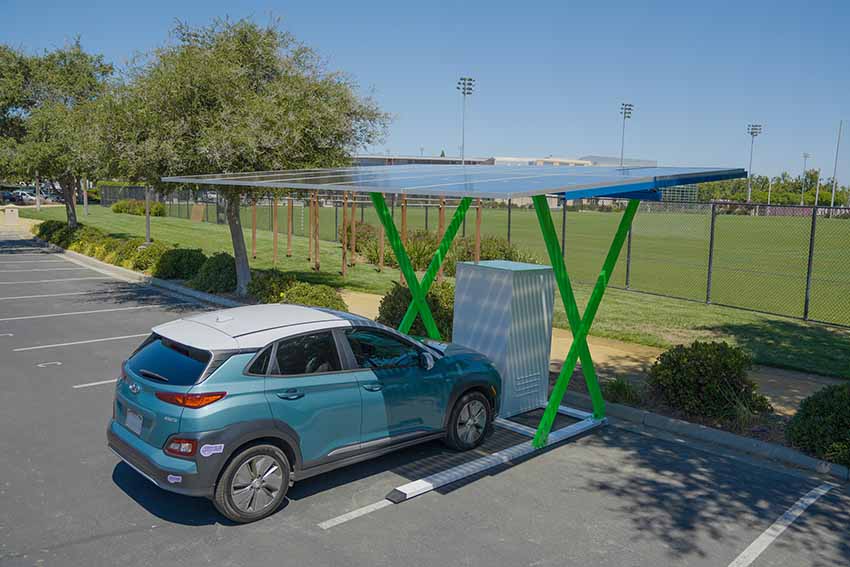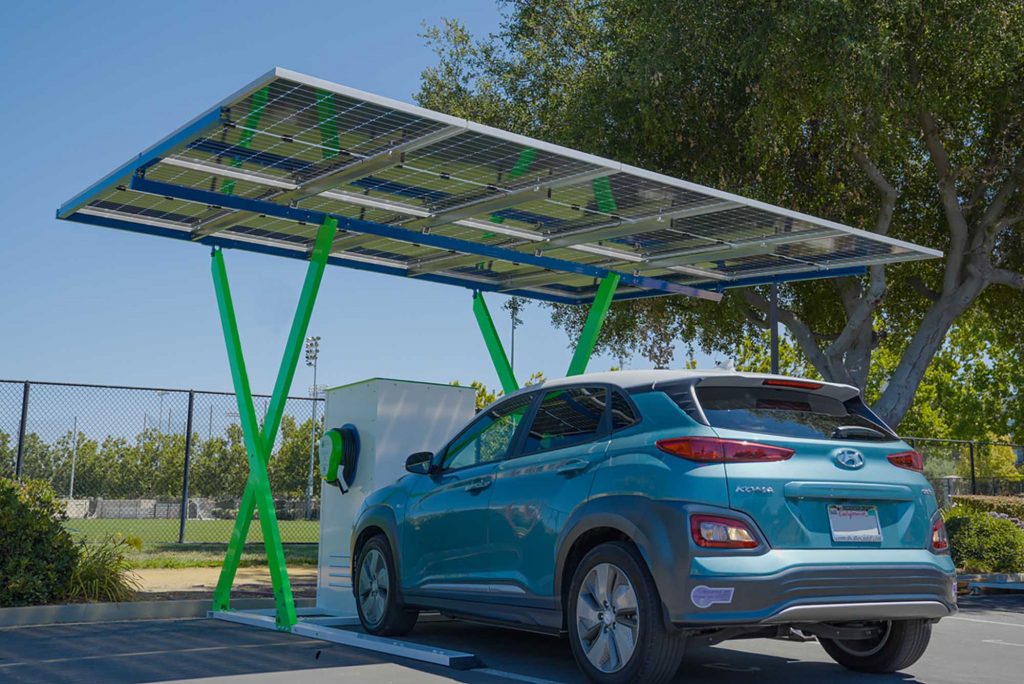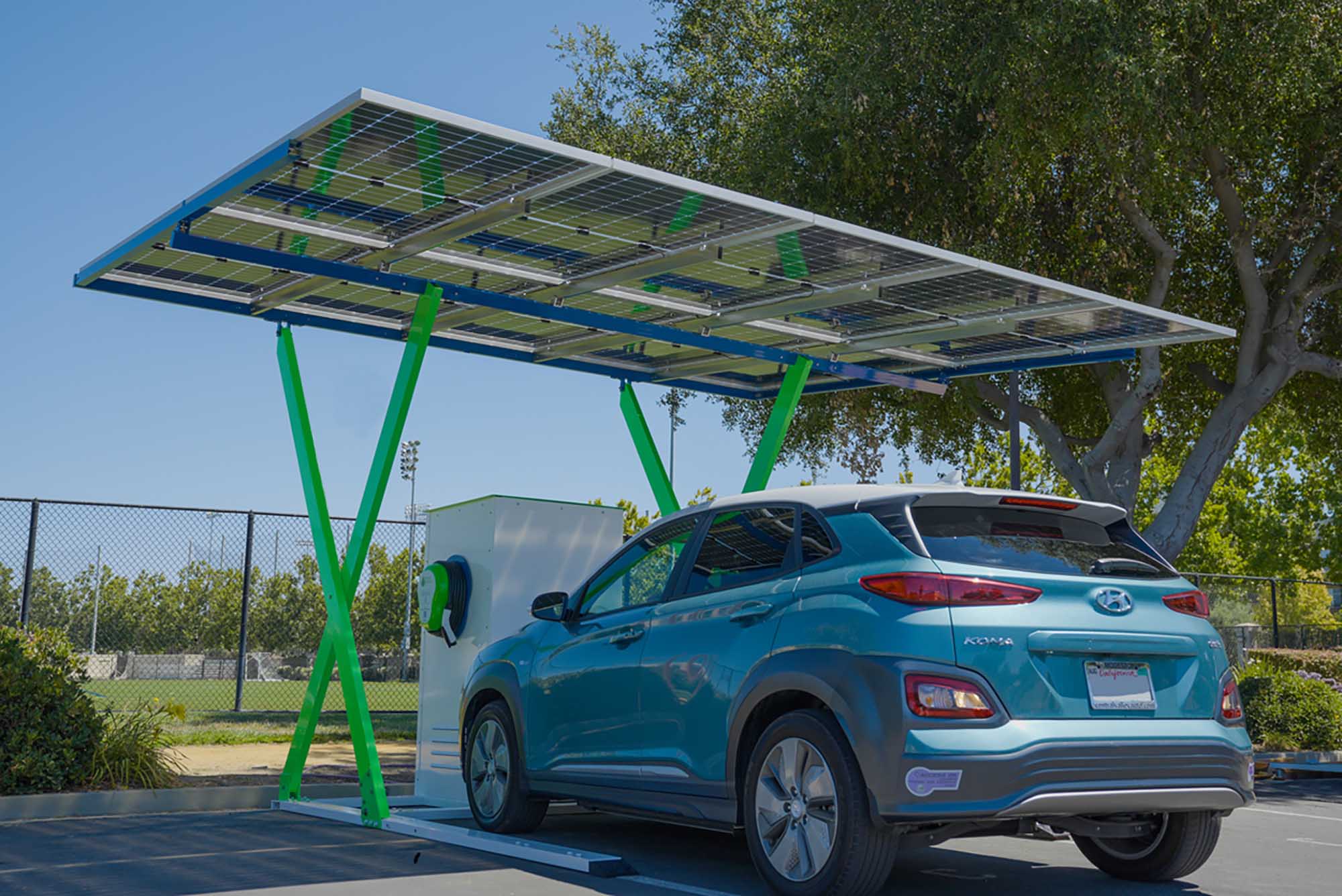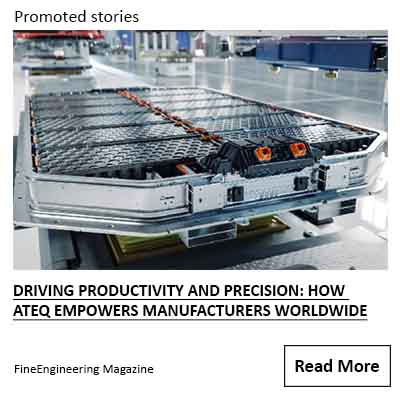Since its inception in 2015, Paired Power has focused on providing affordable and modular EV charging solutions for a variety of markets, including EV charging for retail, municipalities, fleet charging, and off-grid charging for locations with grid constraints, like parks, beaches and farms.
In addition to off-grid solutions, their products can also be grid assets, which can help relieve the demand for new renewable resources to stabilize power during peak times. With an optional grid connection and bi-directional charging enabled, Paired Power can expand electrification services wherever constrained distribution networks exist or whenever utility public safety power shut-off (PSPS) events occur, creating enormous cost and energy savings for both the utility and ratepayers.
Interview with Tom McCalmont, CEO of Paired Power.
Easy Engineering: What are the main areas of activity of the company?
Tom McCalmont: We have two main product offerings: Our latest product, PairTree, is a pop-up solar canopy that can provide the power of EV charging while also supplying the freedom to power applications on- or off-grid. This gives customers quick and convenient access to the infinite renewable power of the sun without the costly construction and infrastructure upgrades typically required with a traditional solar installation. Our other primary product is our SunStation line of chargers, which are the first 100% solar EV charging stations to deliver DC charging directly to vehicles (without using the grid as the intermediary).

The primary demand for modular EV charging is largely with retail, municipalities, fleet charging, solar parking lots, and other areas where the grid is either nonexistent or insufficient to meet the EV charging demand – this includes parks, beaches, apartment complexes, and multi-unit dwellings. Lately, we’ve seen a lot of new activity and a need for solar EV charging solutions in the farming and agriculture industry.
E.E: What’s the news about new products?
T.M.C: Our latest product, PairTree, is a “pop-up” solar canopy that can be deployed in just one day, optimizes EV charging and can deliver up to 75 miles (120 km) of daily range, well above the U.S. daily commuter national average of 30 miles (48 km). It also supports up to a 42 kWh LFP battery for increased resilience.
This solution is modular in nature and can be used for EV charging, event/temporary power, emergency power, permanent power, or general-purpose solar power.
It eliminates the lengthy process of grid interconnection, provides immediate charging capabilities, and can be used as a temporary or permanent solution.
E.E: What are the ranges of products?
T.M.C: Our products are focused on accelerating transportation electrification with 100 percent renewable energy. Our products can be used individually or in combination to offer increased charging capacity and solutions.

Tom McCalmont, CEO of Paired Power.
E.E: At what stage is the market where you are currently active?
T.M.C: We are primarily active in areas where EVs are already in demand and solar is widely adopted, like in sunny states (California, Hawaii, Nevada, Arizona, Texas, and Florida). The market is only going to continue to mature as the demand for EV charging solutions increases. EV adoption rates are accelerating worldwide, so we see big potential for our solutions in every sunny market.
E.E: What can you tell us about market trends?
T.M.C: Market trends indicate a substantial increase in demand for EV chargers due to the growing adoption of electric vehicles. McKinsey & Company estimates that by 2030, the United States will require around 1.2 million public EV chargers and 28 million private EV chargers to meet the demand for the 50% of zero-emission vehicles (ZEVs) that will be on the road. This represents a need for almost 20 times more chargers than the current capacity. And if that need had to be met with grid power alone, it would also require an enormous expansion in the electricity network (which is why off-grid solutions are so important).
To meet this demand, it is not only crucial to have chargers available for home charging but also to establish a robust network of public chargers and off-grid chargers in various locations like retail centers, workplaces, schools, and other places where people spend their time and want to charge their vehicles. However, providing such a massive charging capacity could take years as it requires interconnecting utility grids and building new electrical transmission and distribution capacities capable of supplying the required power.
Given these market trends, our focus on providing affordable EV charging solutions, including our modular solar canopies with EV charging capabilities and the PairTree system, aligns well with the growing need for accessible and sustainable charging infrastructure that can be deployed quickly without lengthy permitting and utility interconnection delays.
Our solutions offer flexibility, quick installation, and the ability to tap into renewable solar power, addressing the challenges of expanding EV charging networks in a cost-effective and efficient manner.

E.E: What are the most innovative products marketed?
T.M.C: As more organizations and communities prioritize sustainability and seek to reduce greenhouse gas emissions, the need for innovative transportation solutions like electric school buses and off-grid charging options continues to grow.
Off-grid charging solutions are essential for areas with limited or no access to grid infrastructure. By harnessing renewable energy sources, these solutions provide charging capabilities in remote locations and offer versatility for various settings like parks, campgrounds, recreational areas, and off-grid properties where grid-connected solutions may face challenges.
For example, electric school buses are increasingly in demand due to their role in providing cleaner air and improving the overall environmental quality around schools and communities. Since school buses are typically parked during the sunny middle part of the day, they can be charging on free solar electricity during that time, saving schools enormous operating expenses in the form of diesel fuel for traditional school buses.
E.E: What estimations do you have for 2023?
T.M.C: Demand for EV charging is only going to increase. For example, more and more cities in the U.S. are increasingly requiring the addition of EV charging infrastructure to existing parking lots to meet the growing popularity of EVs. These mandates are instituted to support the growth trajectory of EVs on the road; however, the limited or non-existent grid power supply in small corner lots and municipal parking poses a significant challenge to achieving this goal. Off-grid charging (like those offered by PairedPower) provides an innovative and practical solution for cities to meet this demand and these mandates; gives businesses the added customer service offering of EV charging to patrons; and makes EV charging more accessible for EV drivers – something that is going to become increasingly in demand as the population adopts EVs.



